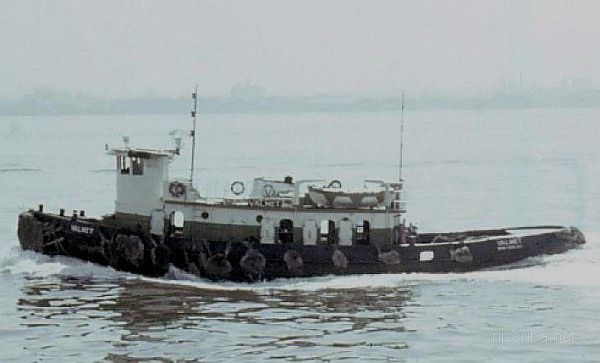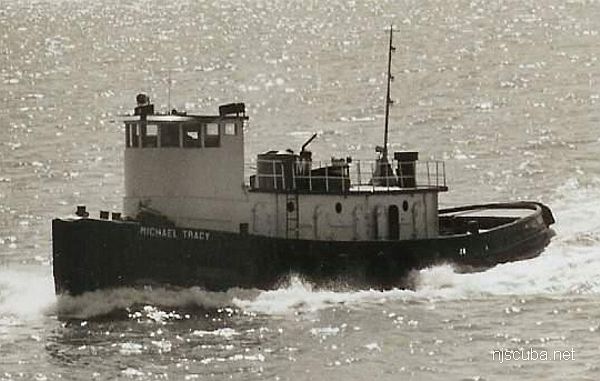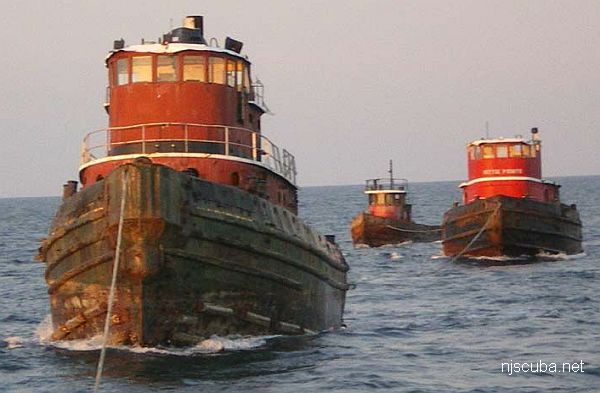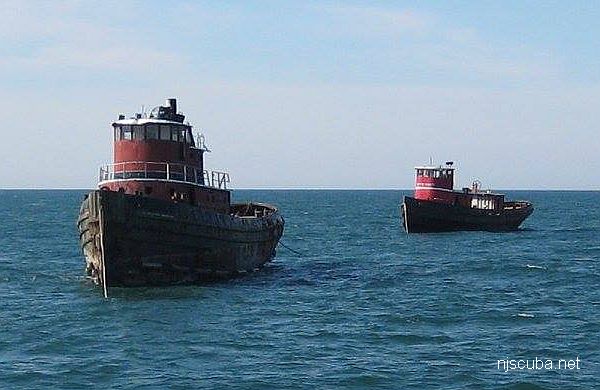Cittie Point

- Type:
- artificial reef, tugboat
- Built:
- 1953, American Marine, New Orleans, LA, as Valmet
- Specs:
- ( 95 ft )
- Sunk:
- Monday June 2, 2008 - Delaware #11 Artificial Reef
- GPS:
- 38°40.540' -74°43.957'

Built in 1953, by Alexander Shipyards of New Orleans, Louisiana (hull #550) as the Valmet for the Valentine Oil Transfer Corporation of New York, New York. In 1963, the tug was acquired by the Avondale Towing Line Incorporated of New York, New York, where she was renamed Michael Tracy. The tug was later acquired by the Manhattan Oil Transportation Company of New York, New York, where she retained her name. In 1980, the tug was acquired by Arthur Fournier of the Penobscot Bay Towing Company of Belfast, Maine, where it was renamed Brian F. In 1981, the tug was acquired by the Blaha Towing Company of Norfolk, Virginia, and renamed Cittie Pointe. In 2008, she was scuttled sixteen nautical miles off the Delaware coastline. As part of an artificial reef program. She was a single screw tug, rated at 900 horsepower.
tugboatinformation.com



Questions or Inquiries?
Just want to say Hello? Sign the .